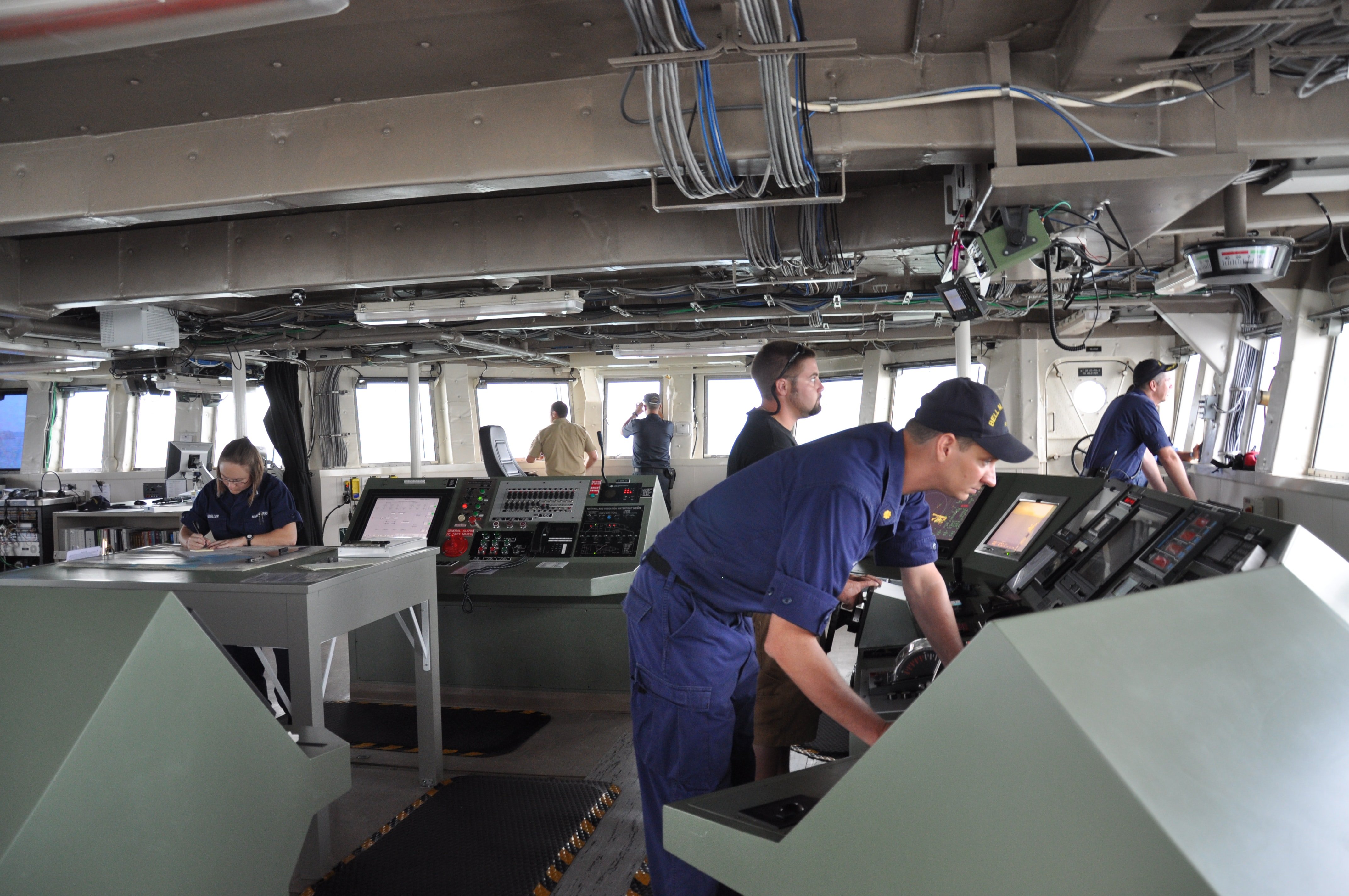Arguably one of the largest challenges the industry currently faces is the crew change crisis. According to ICS Shipping, “continuing inability of ship operators to conduct crew changes has been the single greatest operational challenge confronting the global shipping industry since the Second World War.”
Due to restrictions put in place by national health and immigration authorities, plus the suspension of the bulk of international flights, it’s estimated that about 25% of normal crew changes took place from March through August in 2020.
Why are crew changes so significant?
According to the International Maritime Organization (IMO), crew changes are essential because they ensure compliance with international maritime regulations to protect the crew’s safety, health and welfare.
Apart from the regulatory compliance, crew welfare and humanitarian concerns, there is an increasing risk that fatigue will result in serious maritime accidents if this situation continues indefinitely. Not to mention, shipping crews have also recently faced pay and condition cuts, as well as job losses as a direct result of the COVID-19 pandemic.
As a marine coatings provider to protect your vessel’s assets, we see first-hand the present-day challenges and crises the maritime industry is experiencing in the wake of the coronavirus pandemic and the critical role we play in the maritime value chain. Due to that role, APC is devoted to keeping up with the latest regarding the crew change crisis and discussing its implications.
This article will discuss what crew changes are and why they’re essential, the crew change crisis in-depth, its impact on the shipping industry, the current state of the crisis, and more.

What Are Crew Changes and Why Are They So Important?
Crew changes are vital to shipping crews because they protect seafarer’s health and prevent fatigue. While the duration of the crew’s contracts varies, they usually work between four to six months on ships at a time, followed up by a period of leave.
Unlike the average day job, these crew members work on average 10-12 hour shifts each day, consisting of tasks that require strenuous, constant professional attention.
Crew change is essential to comply with international maritime regulations for crew health and welfare, safety and employment. For this reason, the ILO created the 2006 Maritime Labour Convention (MLC) in 2006.
The MLC states the maximum continuous period that a seafarer should serve onboard without leave is 11 months. The maximum work hours are 14 hours in any 24 hours and a total of 84 hours in any seven-day period. [source]
In unique circumstances, these 11 months can be exceeded (known as situations of “force majeure”) but are always paired with appropriate safeguards to protect the seafarer’s rights and avoid any potential abuse.
When seafarers spend extended periods onboard, they are more at risk of adverse health effects, both mental and physical.
According to the IMO, Seafarers who have already been stranded on vessels throughout the COVID-19 pandemic have expressed:
- Fatigue
- Exhaustion
- Anxiety
- Mental stress
Furthermore, when crew members are physically and mentally strained, they are at a much higher risk for being involved in a marine casualty.
So why is it so difficult for crew changes to take place and for seafarers to go home?
Read on to find out…
Why Are Seafarers Unable To Go Home?
Some 1.6 million seafarers are onboard a ship at any given point, and over 10% need to leave the ship they’re currently working on in any given month to be replaced by new crews. [source]
Due to the novel coronavirus, governments across the globe have suspended international borders, flights, airports and ports in an attempt to limit the spread of the disease. In turn, those restrictions have directly impacted the ability of ship crews to travel between vessels and their home countries.
Source: YouTube, Nautilus International, Let’s get the seafarers home
The nature of international shipping makes it necessary for a large number of seafarers to travel by plane to and from ships every month, but COVID-related restrictions and closures have impeded travel options.
Furthermore, a significant number of those onboard ships have been unable to go home because they could not be relieved for a crew change.
This again is due to travel restrictions, as seafarers cannot travel abroad to embark on ships, making crew changes difficult or even impossible in some cases. [source]
“As of December 2020, an estimated 400,000 seafarers remain onboard commercial vessels, unable to be repatriated and past the expiry of their contracts,” reports the IMO.
In conclusion, some crews have been stranded for months beyond their original end date, forcing them to stay onboard instead of heading to their home country.
The Crew Change Crisis Explained Today

Seafarers, like many others, have been unsung heroes throughout this pandemic. According to the IMO, they are responsible for transporting over 80% of trade by volumes such as food, medical goods, raw and energy materials, and manufactured goods. Likewise, they’ve also been impacted by the crew change crisis since travel restrictions have left them stuck or unable to join ships.
While it’s difficult to have precise numbers, nearly half a million seafarers have been affected by this crew change crisis.
According to ICS Shipping, as of “August 2020, it was estimated that over 150,000 seafarers required immediate repatriation with as many as 250,000 serving on extended crew contracts who were overdue to return home, in addition to those needing to join their ships in order to work and keep the world fleet moving.”
As we’ve already discussed, many countries and ports all over the world have imposed restrictions or prohibitions on crew changes in an effort to contain the spread of COVID-19. In turn, this crisis has created apparent humanitarian issues since hundreds of thousands of crew members are unable to return home.
In addition to restrictions placed on seafarers by both national and local governments, there is also the issue of flights.
Another area heavily affected by COVID-19 is flights, which crew members rely on. Due to the continued suspension of flights that are between principal labor supply countries, such as Asia (where a large number of seafarers call home) and major crew change ports, crew changes have become even more difficult.
While efforts have been made to help bring seafarers home and allow crew changes, it has been a long battle.
In early April, once the pandemic was already in full swing, the IMO pushed for seafarers to be made exempt from the various travel bans established. Still, despite the efforts and new protocols for an international crew change, the gains that had been made by July were quickly lost due to a few not complying with the new rules. [source]
Despite continued calls to take action on the international level over the next few months, barely anything changed in the effort to get seafarers recognized as key workers or develop a new system to make crew changes safe again.
What is the Status of Crisis Present Day?
Source: Vimeo, Wilhelmson Group, Crew Change in Singapore according to new protocol (COVID-19)
In the wake of the new year, several countries have adopted more rigorous crew change restrictions. According to alerts from international port and shipping agency GAC, countries tightening their restrictions include China, Japan, France, Russia, Singapore, Indonesia and South Korea. [source]
According to Tradewinds News, the most notable change, however, comes from the Philippines who announced that seafarers will be restricted from entering the country for the first two weeks of 2021 from the following prominent shipping industry nations:
- The United States
- The United Kingdom
- Denmark
- France
- Germany
- Hong Kong
- Japan
- Singapore
- South Korea
These new rules direct respond to the increasing threat of new variants of the coronavirus, specifically in South Africa and the UK.
As a direct result of more quarantine restrictions being put in place and airfare costs rising, the cost of crew change is also steadily increasing and impacting ship operating costs.
According to Henrik Jensen, the managing director of Danica Crewing Specialists, seafarer's crew change now costs around $2,000, which has doubled in cost from last year. In short, this means that moving one person to the vessel and sending one person home now costs, on average, about $4,000, according to Maritime Executive.
Why is it so much more expensive?
New costs from PCR testing, extra airfare costs, multiple-day hotel stays for both oncoming and off-signing crew members and more are to blame.
“Due to Covid-19 and delays in repatriating seafarers, the entire crew planning system is destroyed, and crew rotation patterns are all over the place,” said Jensen. “It will take a lot of time and effort by crew managers and ship owners, and need the assistance of the international community and governments, for the regular crew change system to be re-established."
In order to alleviate displaced crews, some firms are choosing to charter flights to relieve and repatriate seafarers, while others are diverting vessels to a small number of ports that facilitate changes (which can add hundreds of thousands of dollars in costs). [source]
Conclusion
While the world is making progress in adapting to the new normal, the shipping industry is slowly trying to catch up while battling the uncertainties and challenges that have been brought on by the COVID-19 pandemic, specifically the crew change crisis.
The pushes for global change with the crew change crisis are apparent, however many obstacles remain for ship owners and crew managers to re-establish the regular crew change system in the foreseeable future.
If you’re in need of a quality, premier coatings solutions provider, we can help you protect your assets through our innovative, value-added coatings.
Image Attribution: Featured Photo by CHUTTERSNAP on Unsplash





